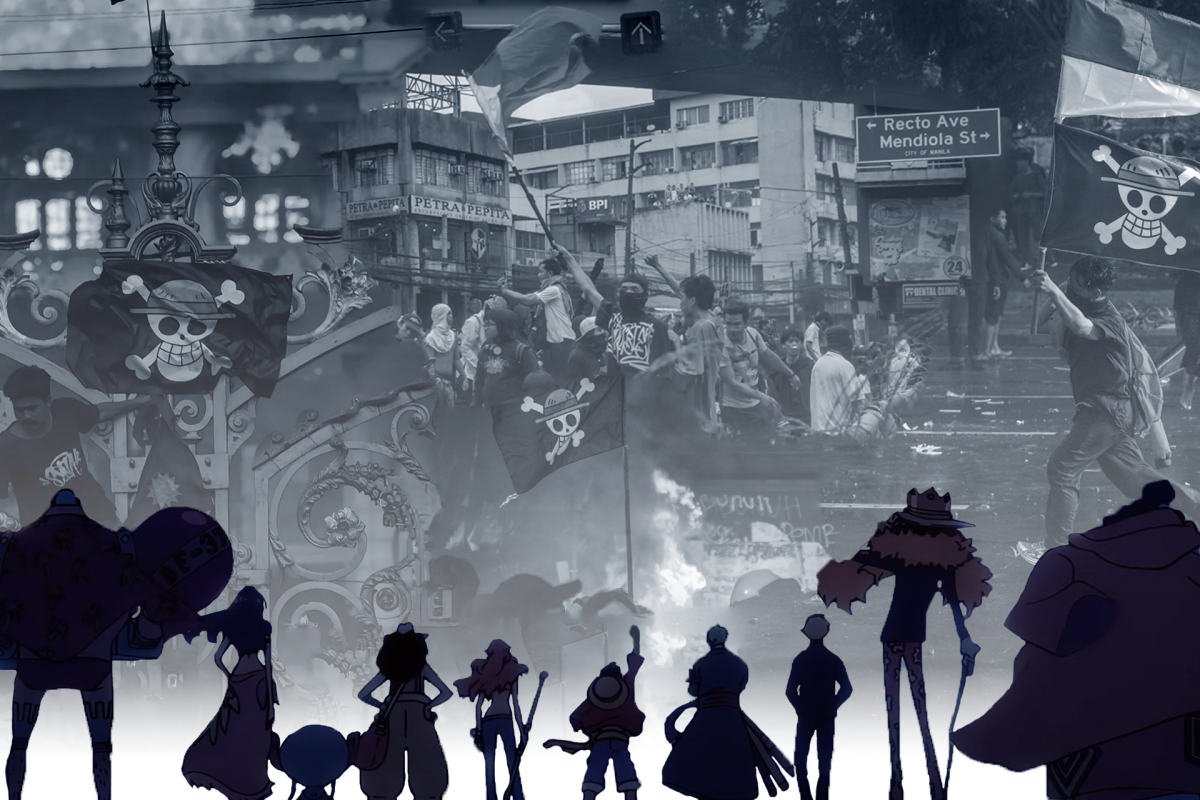Set in 1970s San Fernando Valley, Paul Thomas Anderson’s semi-autobiographical coming-of-age story is a magical portrait of the awkward position between adolescence and adulthood. Illuminated by the outlawed lights of pinball machines and the sounds of blissful melodies, the dizzying California ‘70s are well felt in “Licorice Pizza.” Released to theaters Christmas Day 2021, this youthful love story between Alana Kane (Alana Haim) and Gary Valentine (Cooper Hoffman) takes hold of its audience — an unconventional, undeniable relationship both on the screen and behind the cameras. Awarded three Oscar nominations, including Best Director and Best Picture, Anderson’s newest film is not one to miss.
Alana is 25, at times older (she changes her story on occasion), and she is essentially in a quarter-life crisis. She is the runt of a trio of sisters grasping for a sense of adulthood despite her immaturity. Her path is at a standstill, working as a photographer at her local high school amid searching for a passion or purpose. Gary is 15, a boy on the cusp of manhood desperate to prove himself as a man, in many ways believing himself to have already achieved such.
From the outset, the first-time actor Hoffman is incredibly charismatic and smooth. Director Anderson has described the tender performances from the inexperienced leads, Hoffman and Haim as a “miracle.” The impressive ability at which both are able to express complex emotions through facial and body language only seems capable of natural actors, which these budding stars show the potential to be.
Gary is a compelling lead, both tender and mischievous, bound by the strange inner workings of a 15-year-old no matter his bravado. His outsized diction and suave delivery present him as a charming young hustler, though his youth-based naivety and lack of reality-based experiences show his immaturity.
Alana cuts through Gary’s façade as a man and movie star, while he name-drops his resume of minor roles on Hollywood productions, though ultimately finding herself spell-bound by the innocence and complexity of Gary.
“So, Alana, what are your plans?” Gary says, dressed in an oversized collar, on their first date.
Gary is a dreamer. His youth propels his passionate, almost blind ambition, a trait that comes to compel Alana. Her dreams are similarly murky, but likewise she yearns for a brighter future, to finally feel impassioned and impactful. As Gary’s entrepreneurial aspirations boil, Alana comes along as a business partner into the “Soggy Bottom” waterbed company (Soggy Bottom also served as the film’s original production title). With their newly expanded dynamic, the two embark on a journey of dreaming, scheming and bountiful romantic tension.
As the relationship between the two continues, local elections, false kinship with Hollywood celebrities and the 1970s energy crisis rumble and affect their journey. Anderson inserts the real-world issues of the California ‘70s into the background of “Licorice Pizza,” the 1973 oil crisis directly resulting in the film’s climactic set-piece. The spirited performances of the supporting cast bring real figures to life. The performances of Sean Penn (Jack Warden), Harriet Sansom Harris (Mary Grady) and Benny Safdie (Joel Wachs) each give an energy that animates them to memorability despite their short screen time. Bradley Cooper’s maniacal, sex-crazed portrayal of Jon Peters particularly commands the screen, becoming a real selling factor for the film.
Anderson makes subtle use of motifs throughout, often through character action. A motif refers to any detail that takes on significance through repetition. One example of this is the significance of driving within “Licorice Pizza.” Anderson makes particular use of the driving motif to create a dependency within their relationship, as well as a caretaking element for Alana. Additionally, we see a repetition of characters running. This motif is used to reinforce the liberation of these two characters as they undergo their personal journeys. These refined moments demonstrate a superb attention to detail, an attribute any audience can appreciate.
Anderson evokes the warm feeling of memory with “Licorice Pizza.” The film maintains a frenetic pace, its freewheeling plot and glistening blue lens flares supplementing this. The quickness at which scenes are played out and transition from moment to moment elicits the fleeting nature of youth. Additionally, the choice to shoot on film is not only refreshing to see but greatly contributes to the feeling of a memory, adding a sense of texture and a nostalgic sheen to the images.
Far from his most consequential film, Anderson’s wistful tale of youthful curiosity and confusion is truly a film only he could make. Audiences yearning for the breaking of genre conventions and free filmmaking will revel in this film. There is a note of universality within the story of “Licorice Pizza” — the clumsy, underthought decisions of the young are something anyone can relate to. Anderson’s dreamy sensibilities and flowing camera lure your eyes to the screen. It is with this that the acclaimed Anderson maintains complete control of his audience, the mark of pure artistic authorship and a truly irresistible film.
Edited by Lucy Valeski | [email protected]
Edited by Catie Cobble | [email protected]








